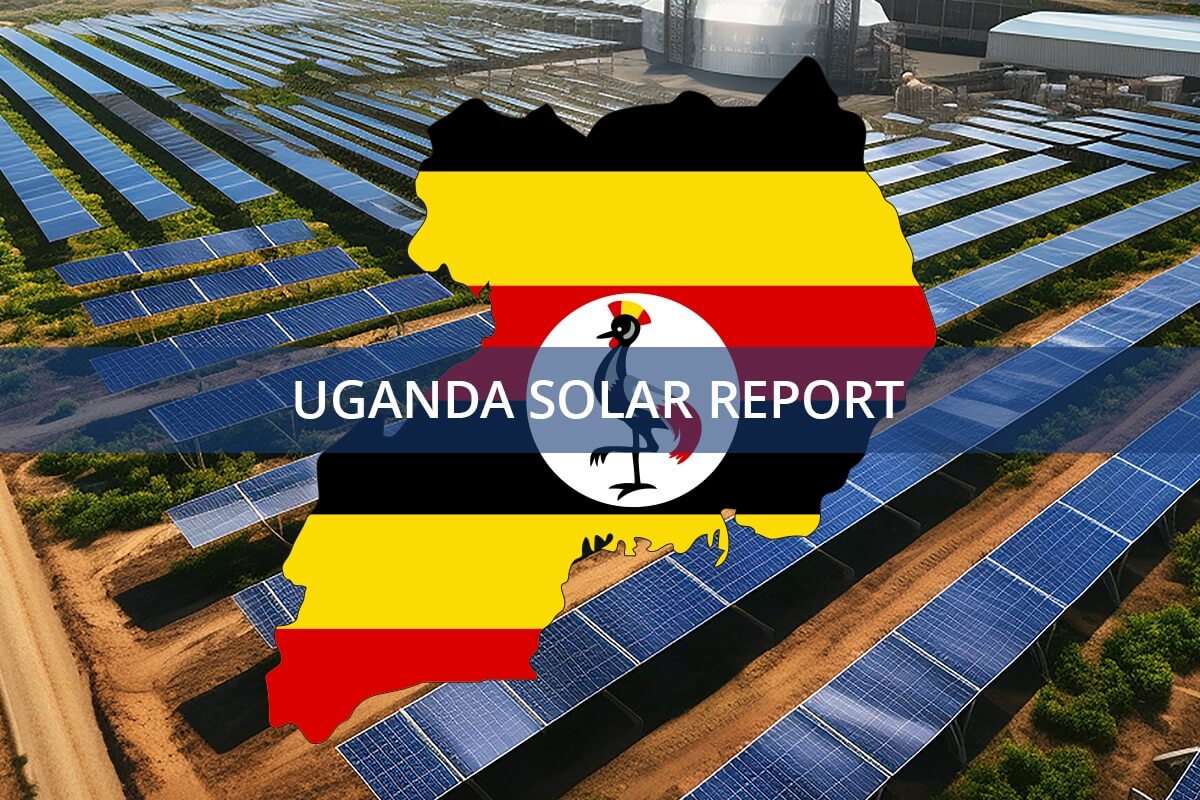Uganda has launched the 24 MWp Ituka solar plant; a $19 million initiative in Ombachi Village. Once completed, this will be the largest utility-scale solar project in the West Nile region and AMEA Power’s first operational asset in Uganda.
Uganda Joins Africa’s Solar Revolution
Uganda has officially entered the solar energy race, marking a significant moment in Africa’s renewable energy journey. Dubai-based renewables developer AMEA Power has commenced construction of the Ituka solar photovoltaic (PV) project. This 24-megawatt peak (MWp) initiative represents a major step forward for the country’s energy sector.
The Ituka solar plant which is valued at $19 million is set on a 52-hectare site in Ombachi Village. This location is approximately 450 kilometres from the capital city of Kampala. Once completed, it will be the largest and first utility-scale grid-connected solar PV project in the West Nile region of Uganda. It will also be AMEA Power’s inaugural operational asset in the country.

Ituka solar plant
Electricity generated by the Ituka project will be fed into the national grid via the newly built Lira-Gulu-Nebbi-Arua 132kV transmission line. This line is operated by the Uganda Electricity Transmission Company.
Uganda grapples with frequent electricity blackouts and other energy infrastructure issues. The Ituka solar plant is poised to address some of these challenges, especially in the West Nile region. It is a crucial addition to the continent's ongoing efforts to develop sustainable energy infrastructure.
Harnessing Africa's Solar Energy Potentials
In 2022, the International Energy Agency highlighted a stark contrast in solar energy distribution. Although Africa holds 60% of the world’s solar resources, it accounts for only 1% of the global installed solar PV capacity. Furthermore, GlobalData reported that the combined solar PV capacity share for the Middle East and Africa was a mere 2.41% in 2023, with generation at 2.83%.
Despite these low figures, 2023 saw a record number of solar modules being installed across Africa. The drastic reduction in solar module prices over the past 40 years, down by 99%, has made solar energy a viable solution for the continent’s electricity challenges.
Robin Mills, a non-resident fellow at the Center on Global Energy Policy, emphasized the importance of solar energy in Africa. He stated, “In Africa, the electricity supply is very poor. So, if solar can fix that, that is enormously helpful. It could be the basis for industrialization and manufacturing because that is what Africa needs.”
Role of Africa Infrastructure Fund in Solar Projects
The Emerging Africa Infrastructure Fund has played a pivotal role in advancing solar development across the continent. It is the sole lender for the Ituka project and has also supported other significant projects such as the $20 million Cuamba solar project in Mozambique and the $35 million Kesses solar project in Kenya.
The impact of the solar revolution in Africa is substantial. Projects like the Ituka solar power station will connect previously isolated regions to the electrical grid for the first time. Additionally, various solar technologies are being implemented to support agriculture. This will enable farmers to perform their tasks without interruptions from power outages and enhance food security across the continent.
However, integrating solar power into Africa’s existing infrastructure presents challenges. The lack of reliable and extensive electricity grids complicates the integration of renewable technologies. Moreover, the continent's entrenched reliance on fossil fuels could potentially hinder investment in renewable energy.
Despite these hurdles, the push for solar energy is gaining momentum. Countries like Cameroon, Kenya, Mozambique, and Uganda are making strides in renewable energy development. African governments are also committing to transitioning from fossil fuels to renewable sources. This collective effort signifies that Africa is on the right track to harness its full potential for clean energy.

